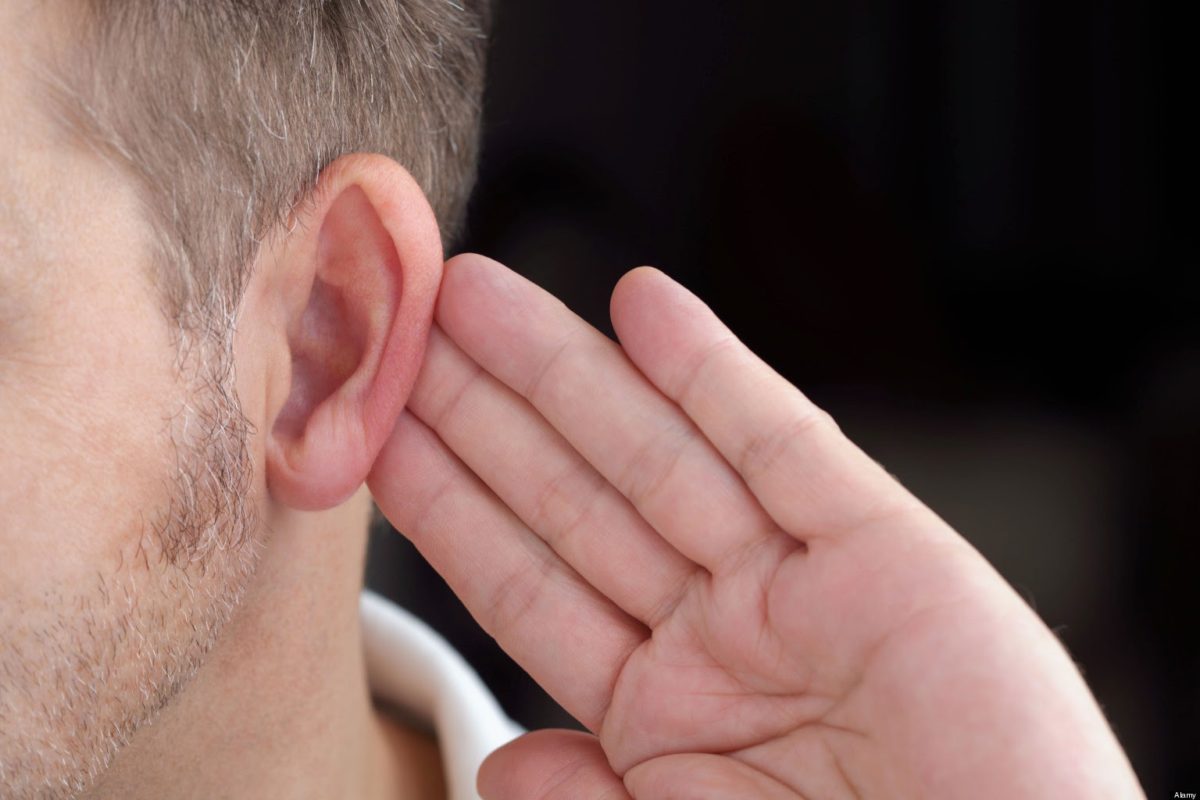Judy Huch, AuD and HHTM Staff: Some who stumble across this blog site may wonder how in the world a blog can survive when its only topic is hearing loss and so many people do not recognize how pervasive and insidious hearing loss is. We’ve compiled information on hearing loss for those folks, so they’ll know the score. Pass along to those who come into your office and decide not to do anything about their hearing loss. In light of the microscope our industry is under we as providers should have a simple message ready to recite or hand out for those who need help.
There are varying views, many highlighted on HHTM, and this editor can give views from two offices, on cost of hearing aids by the consumer. But cost is more than the what the patient pays for the hearing aids, cost is also how the patient’s life is affected without help. This editor has unbundled pricing, which will be highlighted in the fall on this blog. The future costs for the patient are much harder for those of us dispensing to explain to those who need help.
FACT: The number of Americans with hearing loss has now grown to more than 34 million—roughly 11 percent of the U.S. population—according a Better Hearing Institute study. Over the past generation, hearing loss among Americans has increased at a rate of 160% of U.S. population growth and is one of the most commonly unaddressed health conditions in America today.
FACT: 24 million Americans, according to Better Hearing Institute, have an untreated hearing loss.
FACT: Hearing loss is the third most common condition affecting the elderly. However, only one-third of those with hearing loss are over 64.
FACT: Hearing loss is one of the most common chronic health conditions and has important implications for patient quality of life. Hearing loss is substantially under-detected and under-treated. Ref: Journal of the American Medical Association, April 16, 2003
FACTS: Just look at these numbers:
- 3 in 10 people over age 60 have hearing loss;
- 1 in 6 baby boomers (ages 41-59), or 14.6%, have a hearing problem;
- 1 in 14 Generation Xers (ages 29-40), or 7.4%, already have hearing loss;
- 1 in 5 teens has some form of hearing loss – a rate about 30 percent higher than it was in the 1980s and 1990s – which many experts believe is due, in part, to the increased use of earbuds or headphones.
- At least 1.4 million children (18 or younger) have hearing problems.
- Hearing impaired people are more likely to be unemployed, underemployed, or retired early than their hearing counterparts and, when employed, experience stress and social isolation from co-workers
PREDICTION: The European Commission says that it could be commonplace in 2020 to see one in ten 30 years olds wearing a hearing device as a result of listening to personal music players too loudly.
FACT: Hearing loss diminishes people’s earning power. Here’s an international article on that: Access Economics Listen Hear! The economic impact and cost of hearing loss in Australia.
So yes, hearing loss is a big deal. Please share these various facts and predictions with your friends, families, acquaintances and your patients. We hope that more awareness will help more people optimize their hearing and allow more people to get help to better hearing.
Reference:
Feature Image from Northeast Atlanta ENT






